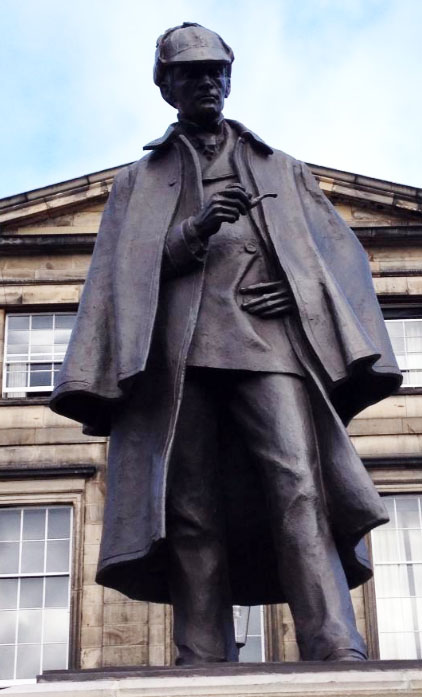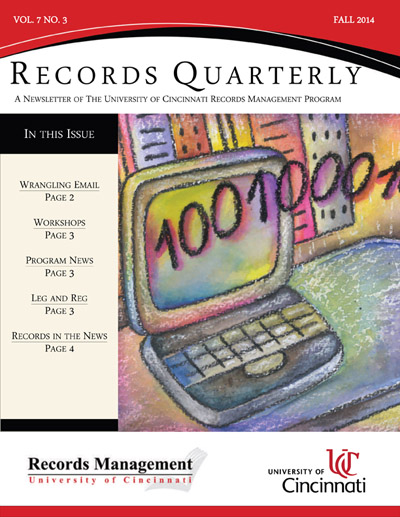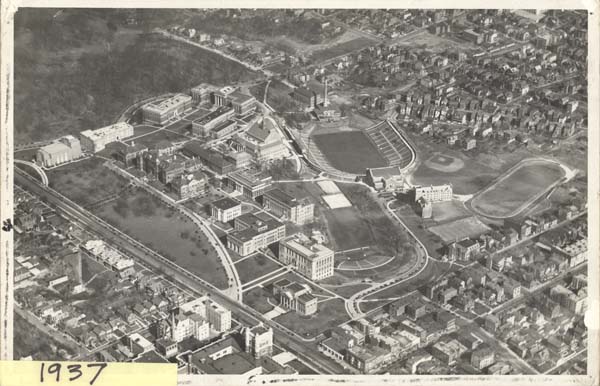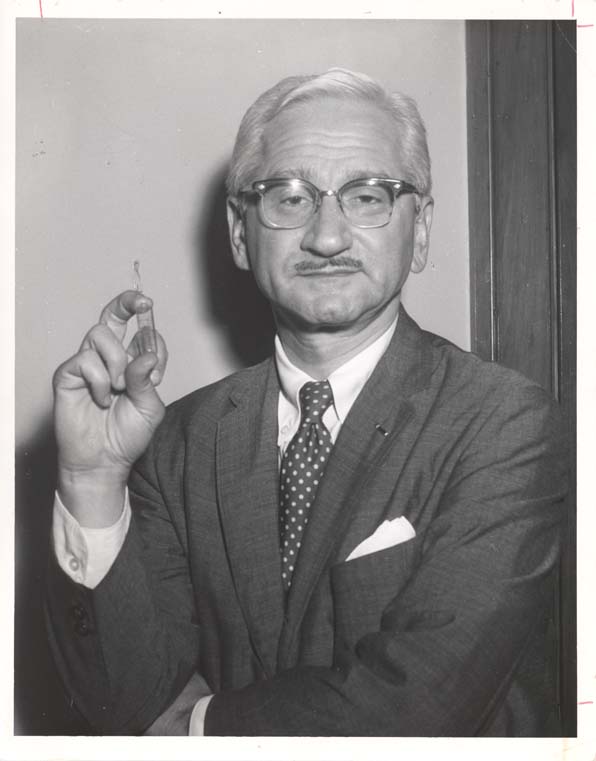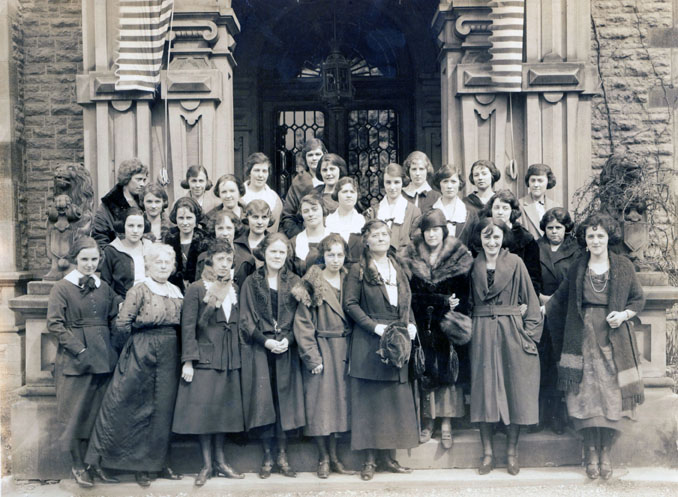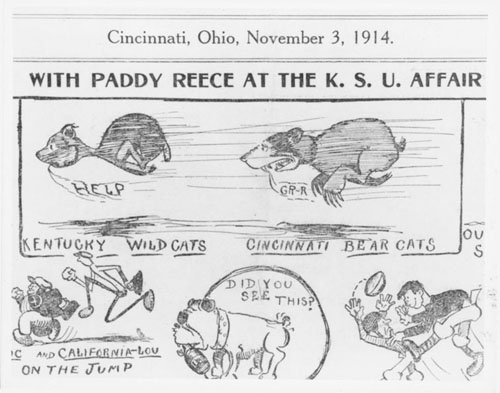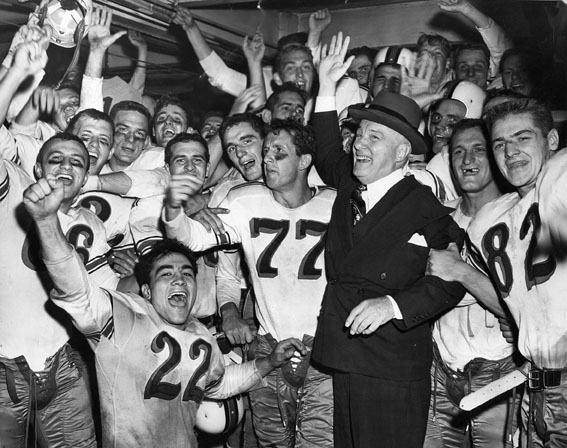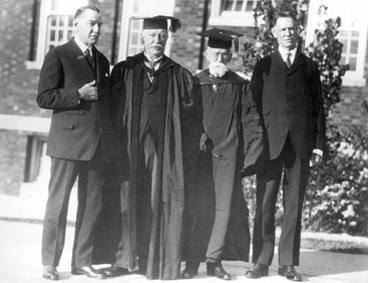By: Iman Said, ARB Intern, 2014-2015
Just about every college campus, and now almost every high school, has some form of a student government. It’s a coalition of students who put on events, work on projects, and speak to administrators and members of the community on issues related to the students.
Today, the UC Undergraduate Student Government is made up of a Senate, a Cabinet, Boards, and College Tribunals. This makes for an organization that is involved in just about every aspect of student life. Elections are held every year, usually in February, and candidates select a President and Vice President, as well as eight At-Large Senators. After those positions have been chosen, Cabinet positions are filled using an application process. Any student can apply to a cabinet position, no matter their age or year in school. Each of the Tribunals then holds their own internal elections to select their executive board and their representative to Senate. Continue reading


